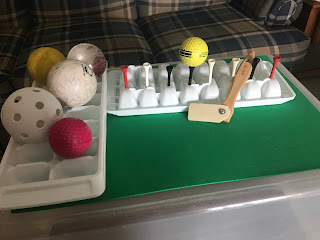Yoga for Occupational Balance

I am about to introduce to you to a few of my greatest passions. Yoga, occupational therapy, and taking pictures of myself. Before you begin reading, it is important to understand these pictures were taken for my own enjoyment and nothing more ( fine and for instagram likes). My alignment and posture is not always perfect. Please acknowledge that many times I was mid-movement as these pictures were taken. The purpose of the pictures is reference. I am not a yoga teacher nor do I claim to be. I am a yogi and I still have a lot of work to do in my own practice, but I have come a long way from where I started. If your goal is to learn all about correct postures and proper alignment, please refer to the reference list at the bottom of the page. The names of the poses are not the formal names nor universal names. Remember, the purpose of this practice is therapeutic healing, whether that be mental or physical. We aim for correct alignment in order to pr...
